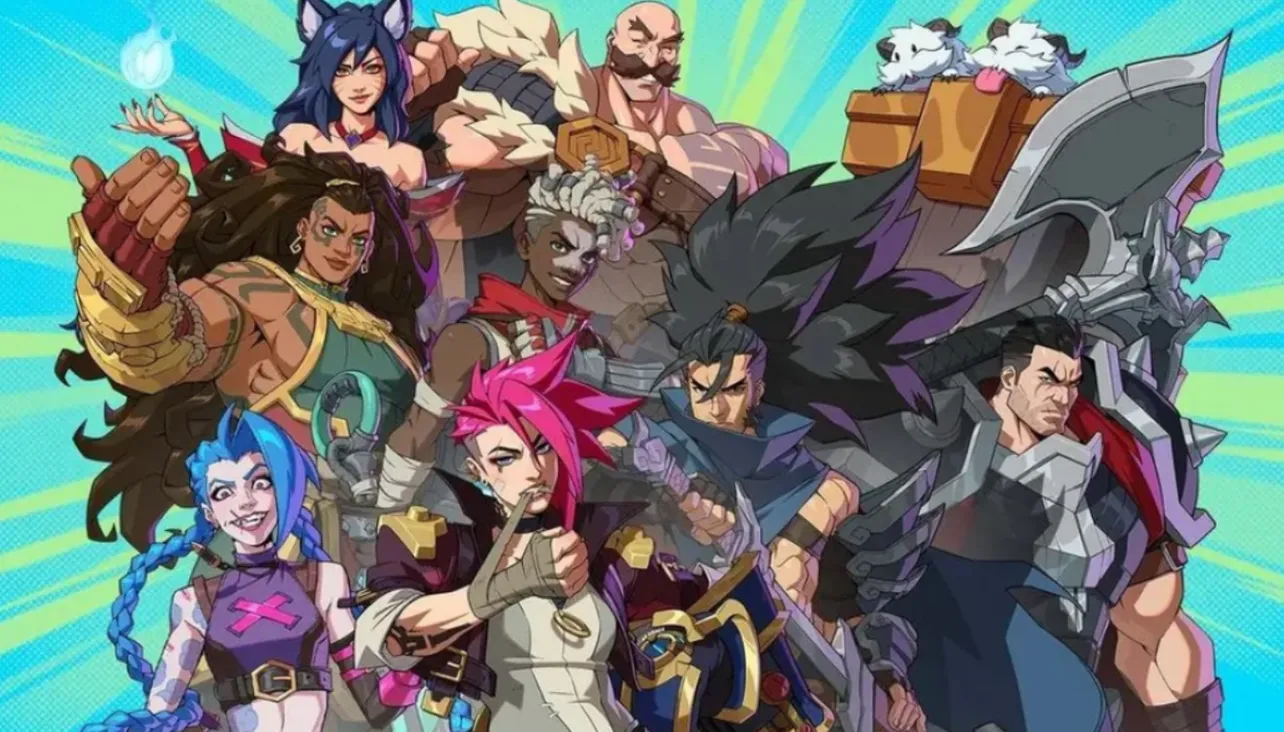2XKO pulls some of League of Legends’ most recognizable champions into a fast, assist-heavy tag fighter built around two-character teams. The launch roster now sits at 11, spanning classic rushdown, grapplers, zoners, and setplay specialists. Here’s a concise look at who’s in, what they do, and how they fit into the game’s assist-and-tag meta.
2XKO character roster and playstyle snapshots
| Champion | Archetype | What defines them |
|---|---|---|
| Ahri | Mobile pressure / mage | Air mobility and dashes to weave in and out, strong pressure tools, and an extra burst of mobility through Spirit Rush-style movement. |
| Blitzcrank | Grappler / command grab | Rocket-powered pulls to force close-range scrambles, potent throw mixups, and high-reward punishes once he’s in. |
| Braum | Defensive bruiser | Shield-first utility, armor through close-range exchanges, and poro tosses that let him threaten mid-screen and set up freezes. |
| Darius | Mid-range heavy | Long-reaching axe normals, brutal corner carry, and a bleed effect that cranks up chip damage even through blocks. |
| Ekko | All-rounder / mix | Time manipulation for creative rewinds, afterimage mixups, and projectiles that convert into lengthy, adaptive routes. |
| Illaoi | Lockdown setplay | Summoned tentacles that control space and enforce blocks, overwhelming damage once her setpieces are established. |
| Jinx | Zoner | Guns, traps, and explosives to keep opponents at arm’s length; excels at harassing approaches with layered projectiles. |
| Vi | Rushdown boxer | Footwork-driven gap closes, a defensive blast shield to steal turns, and heavy punches that cash out stray hits. |
| Yasuo | Agile mid-range swordsman | Wind-fueled mobility, dash-through pressure, and a projectile-nullifying wall that flips many ranged matchups. |
| Teemo | Small-body disruptor | Compact hurtbox with survival tools; mushrooms and blow dart harassment that seeds the stage with hazards. |
| Warwick | Feral rushdown | Leaping mauls, claws-first pressure, and the ability to power up into a more vicious set of attacks. |
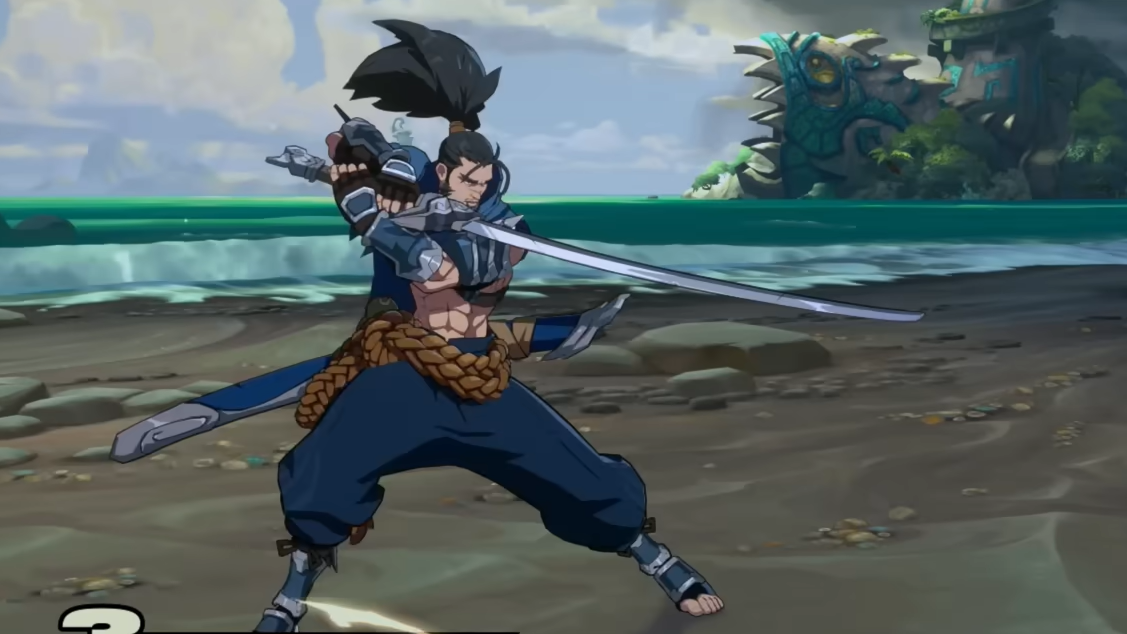
Why assists and tags define how these characters play
This roster is designed around two-character synergy. Assists shore up weaknesses (helping a grappler get in, or a zoner escape pressure), while handshake tags extend routes and keep momentum. Two global systems shape those decisions.
- Dynamic Save: With a full meter, your partner can jump in to repel an incoming string and take point, even bailing you out of bad spots.
- Fuse styles (picked before the match) tilt your game plan:
- 2X Assist: Fire two assists back-to-back for layered coverage.
- Double Down: Chain your level 1 ultimate into your partner’s, then tag them in.
- Fury: Below 40% health, you gain bonus damage and a special dash cancel.
- Freestyle: Handshake tag twice in one combo for extended routes.
In practice, that means a zoner like Jinx can pair with a rushdown partner who covers her close-range gaps, while someone like Blitzcrank turns assists into guaranteed entries. These choices matter as much as raw execution.
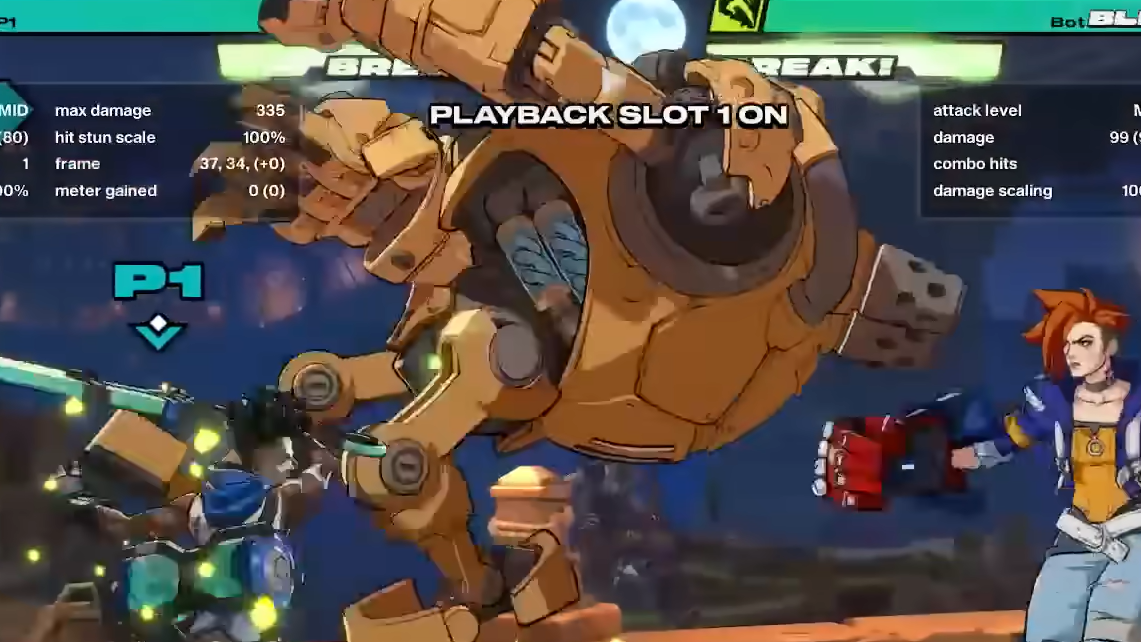
Character-by-character highlights
Ahri’s air control makes her a flexible point character; she forces awkward anti-air decisions and pivots into partner tags smoothly. Blitzcrank is the opposite: patient, grounded, and terrifying once an assist pins you long enough for a grab.
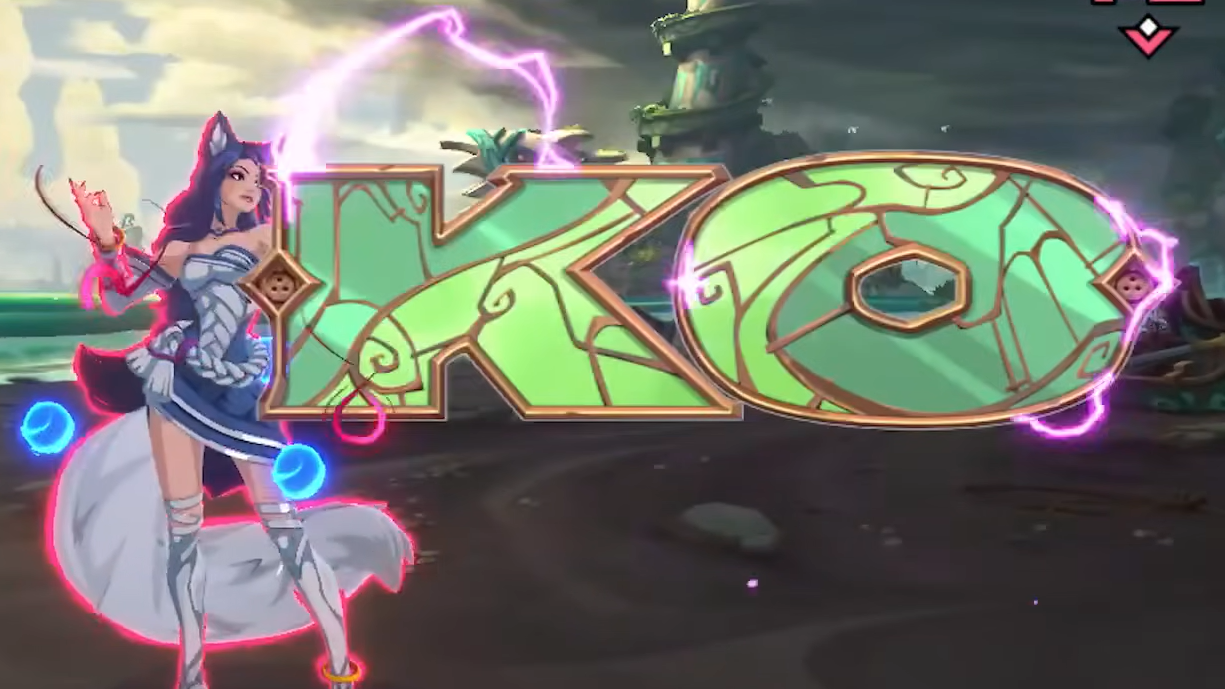
Braum feels built for scrambles. His defensive kit rewards calm play, but poros give him just enough reach to contest mid-screen without overextending.
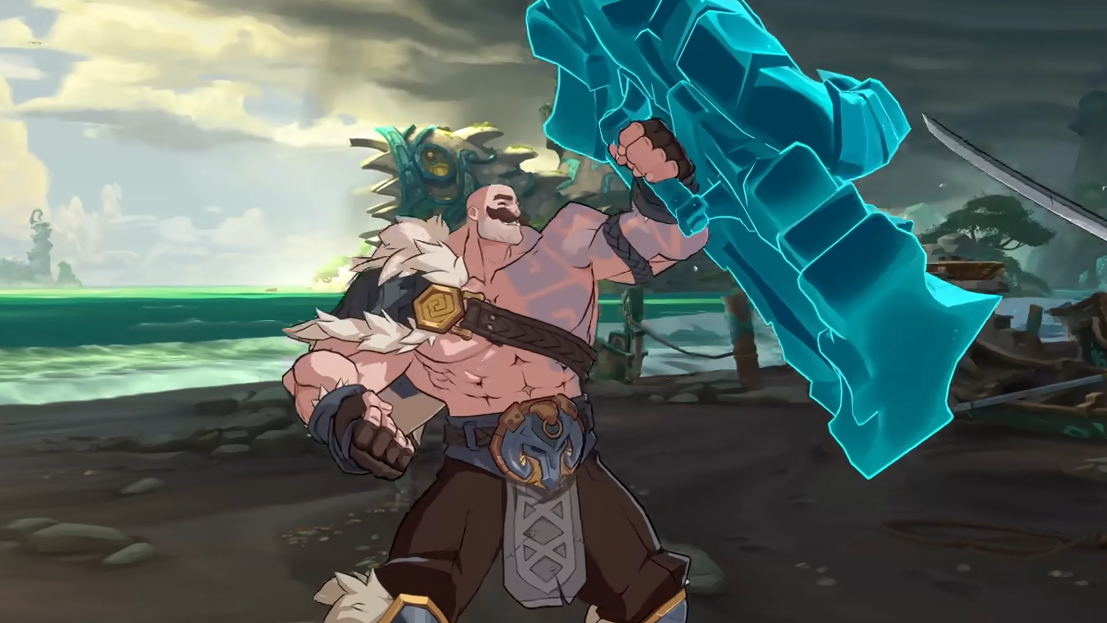
Darius plays outside your jab range with an axe that always feels a beat longer than it looks. Bleed pressure turns even “safe” blocks into losing trades if you guess wrong. Ekko’s toolkit does the most with the tag engine: afterimage rewinds change where he can reappear mid-string, letting him cover baited reversals and reroute into partner calls.
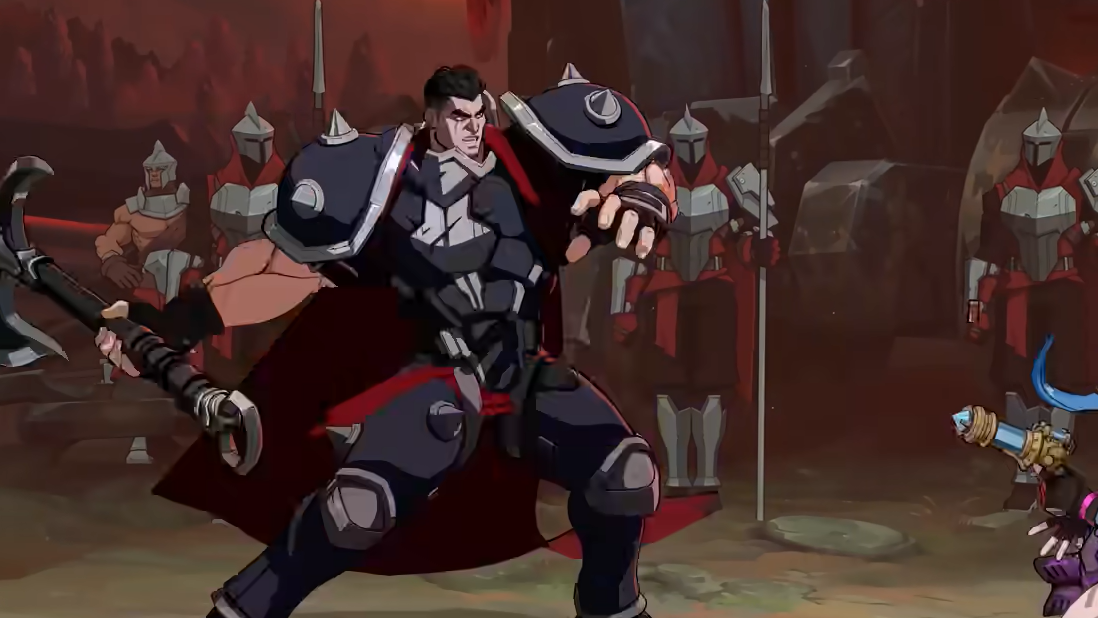
Illaoi is classic setplay: once the tentacles are in place, you guess, then you guess again. She multiplies threat the longer she’s allowed to stand her ground. Jinx flips that script by refusing to give it. She throws up a wall of explosives and punishes impatience; she’s at her best when the fight is happening on her terms, not yours.
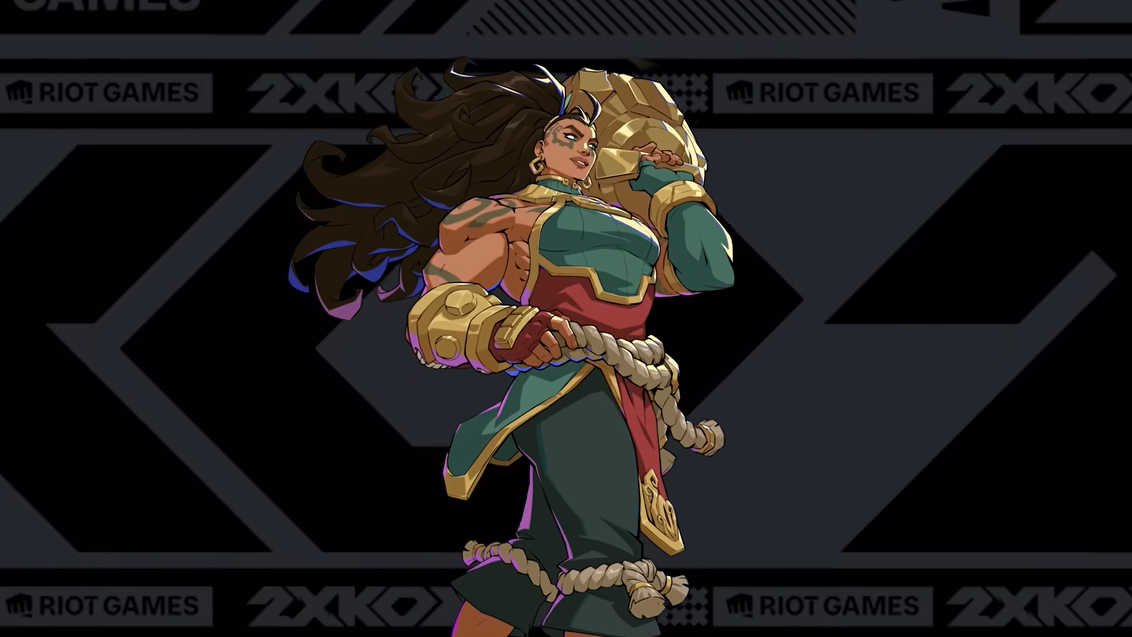
Vi closes space with intention. Her footwork lets her weave through gaps and her shield punishes greedy buttons; paired with a strong neutral assist, she can stay glued to you. Yasuo rewards tight execution—dash spacing, windwall timing, and confirm discipline—all pay off with lethal mid-screen conversions.
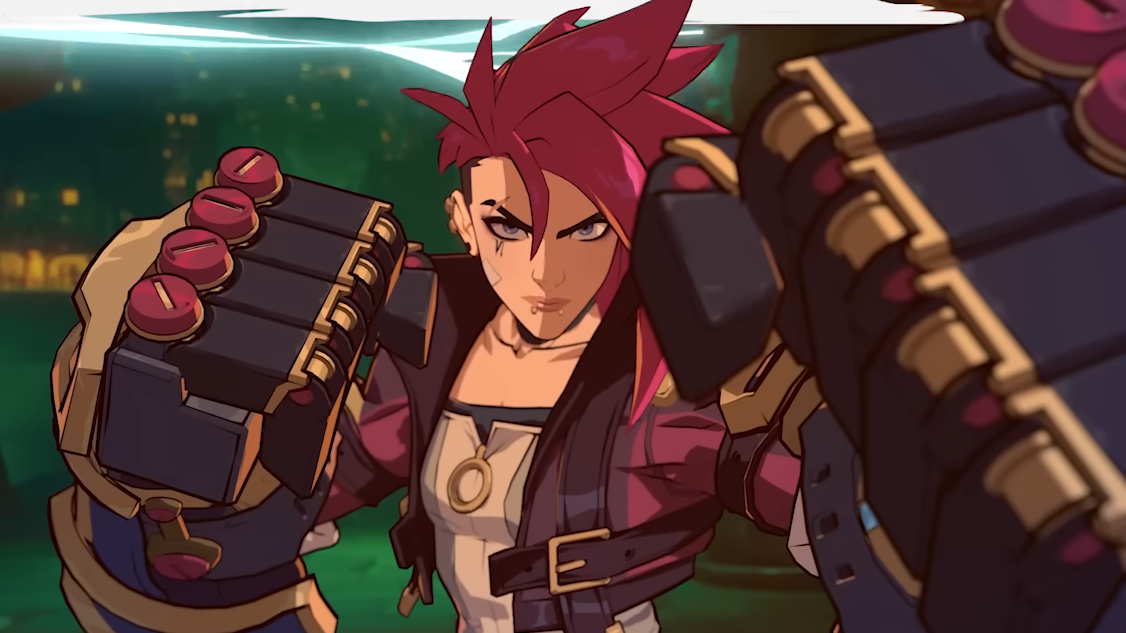
Teemo’s small stature introduces hurtbox quirks other characters don’t share, and his kit is happiest when the stage is littered with problems. Warwick brings the opposite energy: big, fast, and direct. He jumps where you’ll be, not where you are, then powers up to force respect.
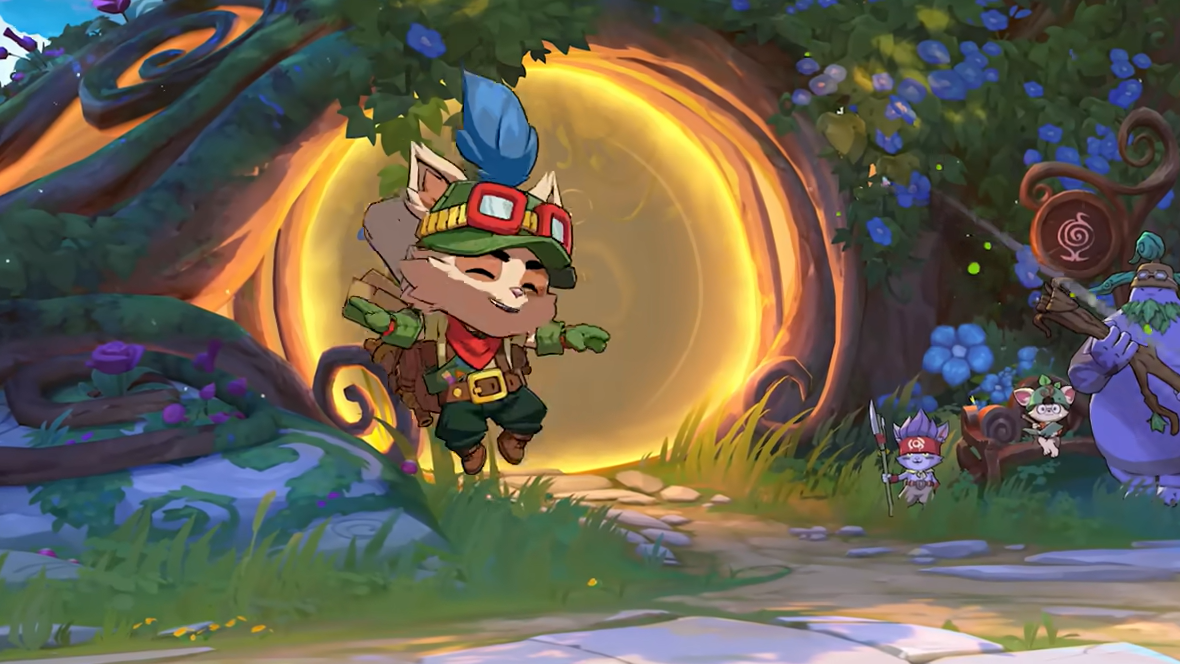
Picking your first duo
- If you want to control the screen: Jinx + Braum or Ekko. Zone first, then tag to stabilize or cash out.
- If you favor explosive offense: Vi or Warwick + Ahri or Ekko. Use mobility to start, then hand off to damage.
- If you prefer brawler control: Darius or Illaoi + a fast neutral assist (Ahri/Ekko). Cover approach, then run setplay.
- If you like reads and grabs: Blitzcrank + any lockdown assist (Illaoi/Braum). Force blocks, then take turns with throws.
Riot plans to expand the roster over time, so expect the assist meta to shift as new champions and Fuse picks enter the pool. For now, these 11 offer a clean spread across the core playstyles you’d expect from a modern tag fighter.
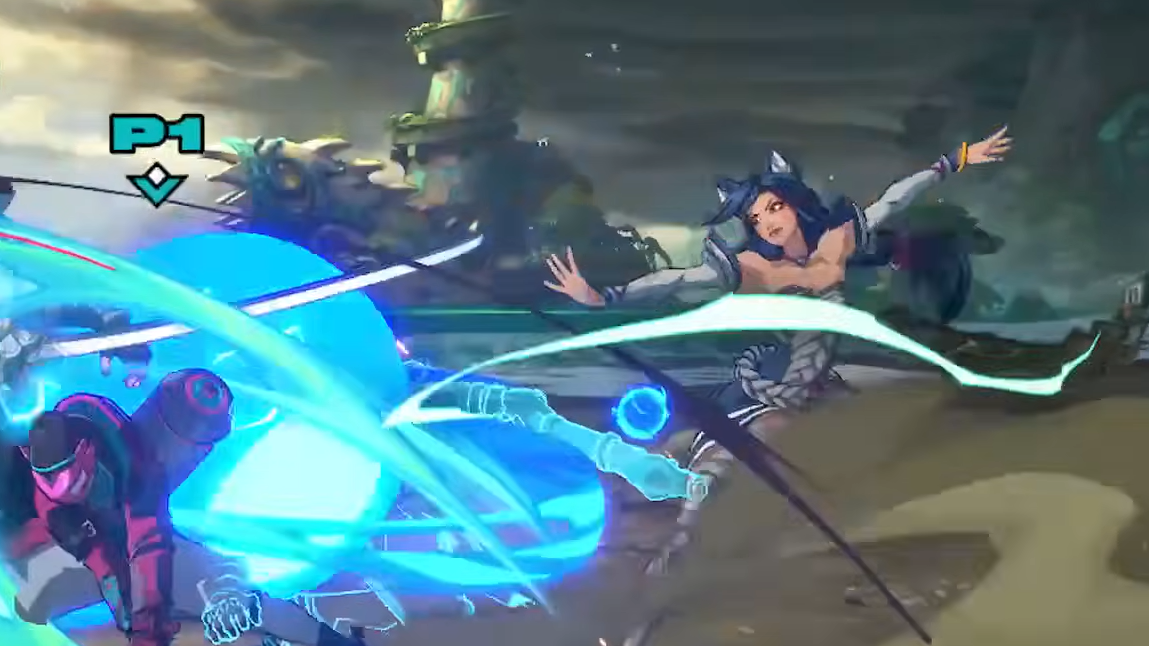
Bottom line: build around your partner call. Whether you’re mastering Ahri’s air routes or Blitzcrank’s grab trees, the strongest teams make every assist and handshake tag push the same game plan forward.

